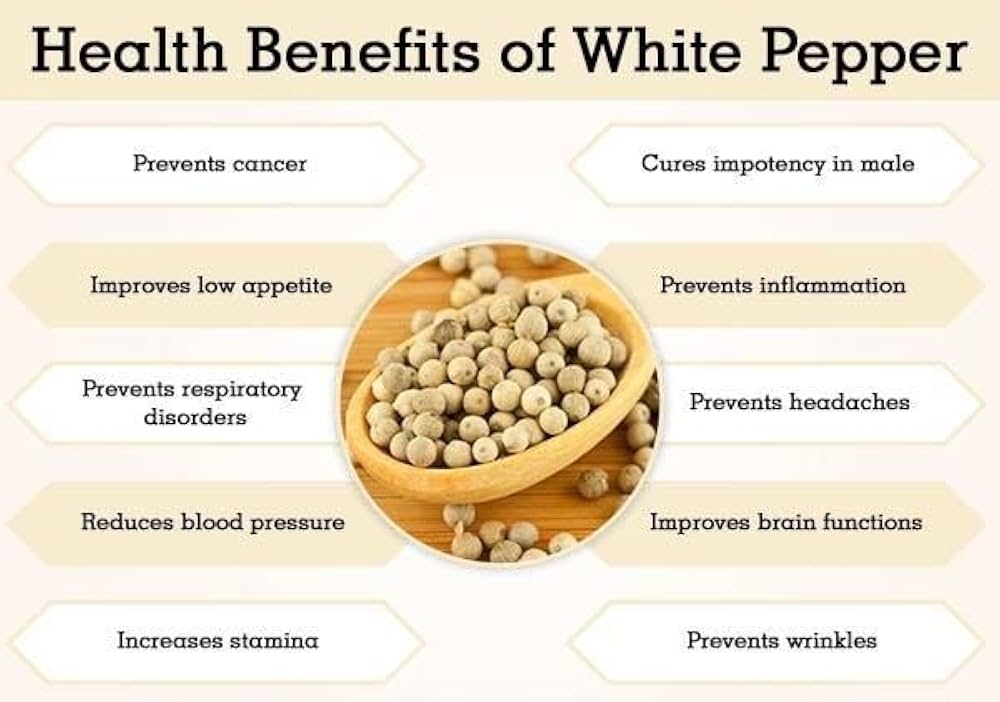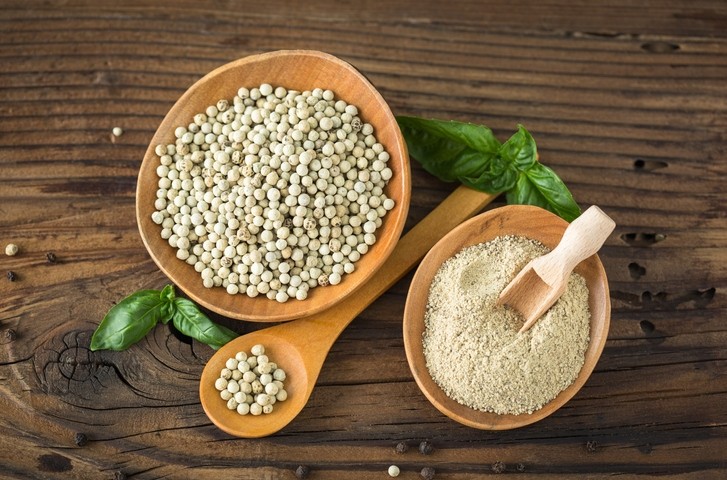Alright, folks, let me tell you about my journey with white pepper. For the longest time, I just didn’t get it. Black pepper was the king in my kitchen, you know? White pepper? Just seemed like its pale, less interesting cousin.
Then a few years back, I was trying to perfect this creamy chicken soup. My grandma’s recipe, a classic. But every time I used black pepper, it just looked… messy. Little black specks everywhere. And sometimes the peppery punch was a bit too much for the delicate flavor I was going for.
I remembered seeing white pepper in her spice rack way back when. So, I figured, what the heck, let’s give it a shot. My first actual experiment, you could say.
So I went and bought a small bag. The smell was different, right off the bat. A bit more earthy, a little sharper, less of that fruity aroma black pepper has. I was a bit hesitant, to be honest.

I started small. Just a tiny pinch in the soup. And wow! That was the game changer for that recipe. The soup stayed looking clean and creamy, and the pepper flavor was there, but it was different. It was a warmer, more subtle heat that kinda bloomed in the background. It didn’t shout like black pepper sometimes does.
That got me thinking. If it’s good here, where else can I use this stuff? So, my little ‘white pepper project’ began. I started keeping notes, almost like a diary of my kitchen adventures.
Here’s what I found from actually using it day in and day out:
- For light-colored dishes: This became my number one rule. Cream sauces, mashed potatoes, fish chowders, even some egg dishes. No more unappetizing black flecks. It just looks better, plain and simple.
- When I want a different kind of heat: Sometimes black pepper’s boldness is too much. White pepper gives a more direct, pungent heat, but it doesn’t linger in the same way. It’s like a quick jab versus a roundhouse kick, if you get what I mean.
- For an “invisible” spice: In some Asian cuisines I was trying out, especially stir-fries or clear broths, white pepper is the star for a reason. It adds that essential peppery kick without visually interfering or adding a strong aromatic note that black pepper would. I really started noticing this when I made hot and sour soup.
And then there’s the other side of it. My auntie, bless her heart, always used to say white pepper was good for a ‘cold’ stomach, to warm you up from the inside. I was always a bit skeptical of these old tales, you know?

But, you know, during one particularly chilly winter, I started adding a good pinch of white pepper to my morning congee or a simple broth when I felt a bit under the weather. I actually did this consistently for a few weeks as a little personal test.
Now, I’m not a doctor, and I’m not saying it’s a miracle cure for anything. But I did notice I felt a bit more… invigorated. Maybe it was the warmth, maybe it helped with digestion a bit, making me feel less sluggish. It’s hard to say for sure, but I felt better. It was just a feeling, you know? Like it helped clear things out a bit and gave a nice warming sensation. I just felt like it was doing something good for my system, especially when I felt a chill or a bit bloated. I even tried it in some simple teas with ginger.
So, what’s my takeaway from all this playing around?
Well, white pepper definitely earned its spot in my spice rack, right next to the black pepper. It’s not about one being better than the other; they’re just different tools for different jobs. My practical experience taught me that. I stopped seeing it as just “the other pepper.”
I learned to appreciate its unique heat and how it works in certain types of food. And yeah, maybe there’s something to those old wives’ tales about its warming properties. At the very least, a hot, peppery soup with white pepper feels incredibly comforting when you’re feeling a bit off. It’s become a staple for me in those situations.

So, if you’ve been ignoring white pepper like I used to, maybe give it a try. Get a small amount, start experimenting. See where it fits in your cooking. You might be surprised. That’s been my journey with it, anyway. Just sharing what I found out by doing!


